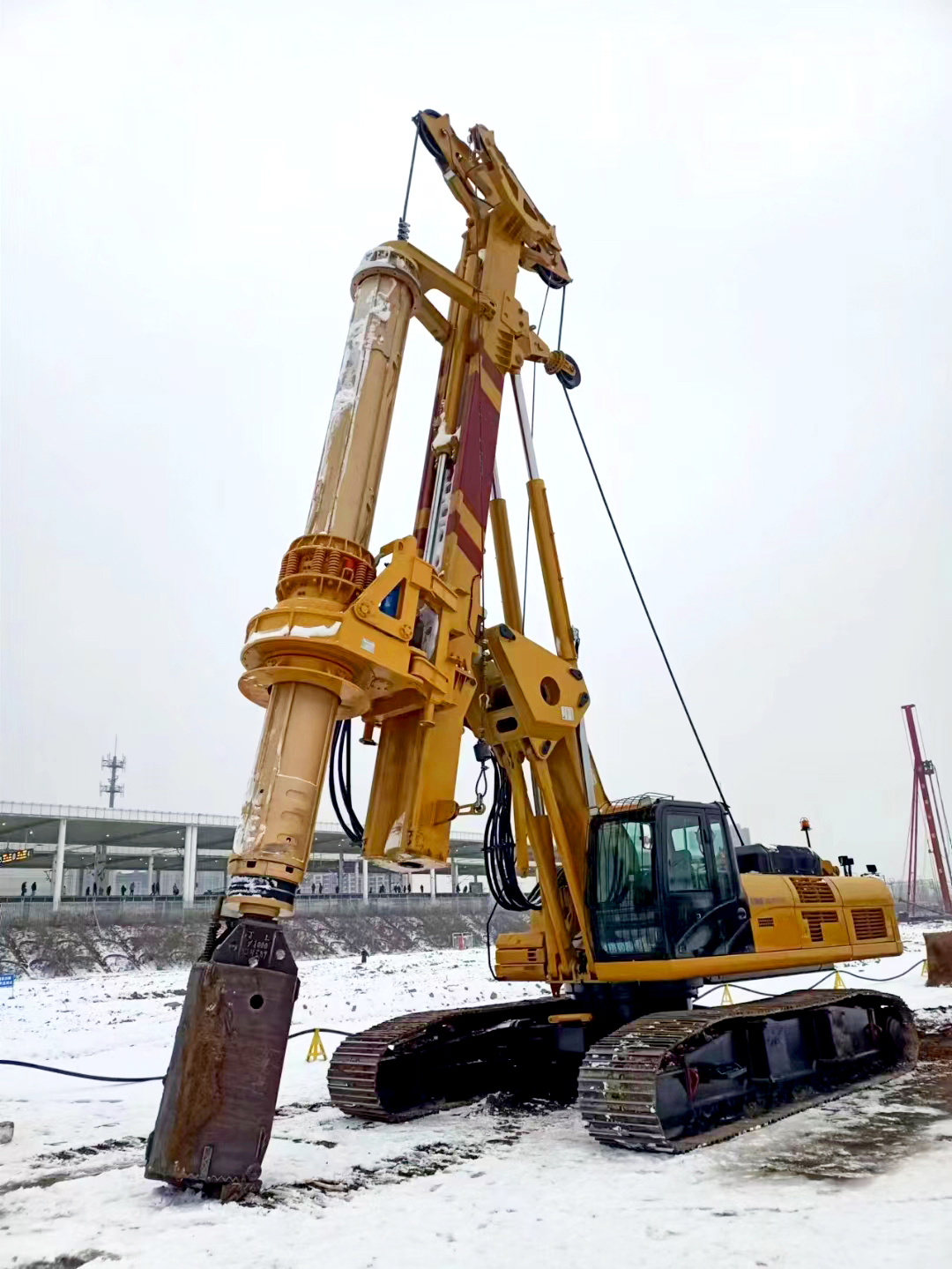1. Characteristics and pore forming risks of limestone cave formations
Limestone caves are a common occurrence during construction in mountainous areas of southern China.
The bedrock surface of this type of stratum fluctuates greatly due to uneven erosion, with various sizes and shapes of caves.
When drilling and grouting in this type of formation, it is common to encounter situations such as slanted holes, sudden leakage of grout causing collapse of the hole, stuck drill teeth, and even damage to drill rods and drilling tools, as well as excessive concrete pouring.
2. Construction method of rotary drilling and drilling
During the construction of drilled pile in limestone cave formations, measures can be taken from the following aspects to reduce the risk of drilling.
(1) When encountering bedrock surfaces, slow down the drilling speed to avoid inclined holes.
(2) Carefully compare drilling data.
When drilling near the top of the cave, the drilling speed should be slowed down, and sufficient protective mud and backfill clay should be prepared.
When drilling through the top of the hole and causing the slurry inside the protective wall to rapidly drop, the borehole should be backfilled in a timely manner to avoid collapse.
(3) Priority should be given to using straight elongated drill buckets with better guidance.
If a slanted hole has been created and the drill is stuck near the top of the hole, the drill should be slowly rotated and lifted.
The top of the drilling bucket should be welded in a timely manner to facilitate the guiding inclined beam structure.
(4) When encountering large caves with little or no filling, clay should be backfilled in a timely manner and compacted in reverse with a rotary drilling bucket.
To avoid excessive excess volume during the process of pouring concrete after pore formation.
Post time: Apr-03-2025

